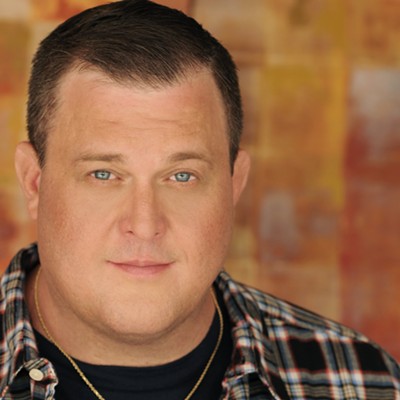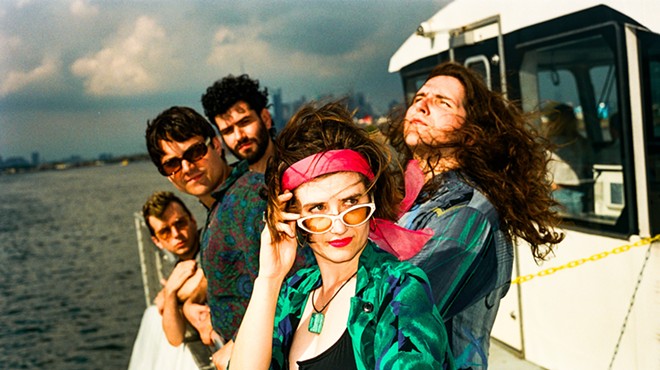Thursday, October 15, 2009
Jean-Michel Cousteau at the Pittsburgh Speakers Series
A couple times during this talk, I felt as though the ocean explorer and environmental advocate relied too heavily on video projections. He went to DVD four or five times, accounting for nearly half of the 90-minute program.
Sometimes he narrated the footage from his films. But much of the time, if you looked down from the screen on the Heinz Hall stage, you saw Cousteau just standing at the lectern, hands folded, his impressive head of silver hair bowed. Went to a lecture and a screening broke out.
Later, I reconsidered, based on something Cousteau himself said: Humans are visual creatures. And if we're talking about saving the oceans, we have to see what we need to save -- or to see at least the damage wrought by the invisible dangers we must save them from.
Indeed, the 71-year-old scion of the legendary Cousteau family nicely illustrated the concept by highlighting two different threats to the oceans. Both had to do, as he put it, with how "we are using the ocean as a dumping ground."
One video depicted the marine trash on the islands of Northwest Hawaii. Footage showed beaches of these uninhabited islands completely littered with the plastic detritus of some 52 nations -- plastic toys, cigarette lighters and more, which seabirds consume at their peril. Audience members gasped audibly to see it.
Perhaps more alarmingly, one beach was piled with thousands of tons of fishing nets. The nets, lost or discarded at sea by commercial fishing operations, had been retrieved by volunteers who'd cut them loose from coral reefs they were smothering.
Still, Cousteau said, "Much worse is what we don't see." In another clip dramatizing the risks of synthetic toxins, Cousteau, two of his female colleagues and one of the colleague's son underwent blood testing for PCBs and another chemical found in flame retardants.
Most dramatically, despite their age differences, Cousteau's blood levels were markedly lower than the young kid's -- most likely due to the child's exposure to flame retardants in consumer products and even household dust. Such toxins, we were also told, are found in concentrations hundreds of times higher in orcas such as those the clip showed majestically plying the ocean waters.
Even when not depicting or dramatizing environmental destruction, the video linked the audience to what Cousteau hopes to protect. One clip showed the endangered goliath grouper in its spawning grounds off the coast of the Florida Keys. A second took us to the coastal mangrove swamps 250 miles away where currents (rather miraculously) carry the huge fish's fertilized eggs to hatch, and where the fry spend several years maturing.
We never saw the construction projects or whatever threatened the swamps. But now we understood better why, as Cousteau said, "It is a mistake economically and otherwise to touch them."
Cousteau, an elegant but approachable-seeming figure, also spoke of collapsing ocean fisheries and the ocean acidification (linked to global warming) that's killing coral reefs. And he plugged his Ocean Futures Society, www.oceanfutures.org.
He also recalled his role in convincing President George W. Bush to create, in 2006, the Papahānaumokuākea Marine National Monument in those same Northwest Hawaiian Islands -- mostly by screening his documentary at the White House and answering lots of questions about it.
But Cousteau's urgent call to action also asked us to acknowledge something that's not always visible to the naked eye: "We're all connected to the ocean, which is our life-support system."
Tags: Program Notes












